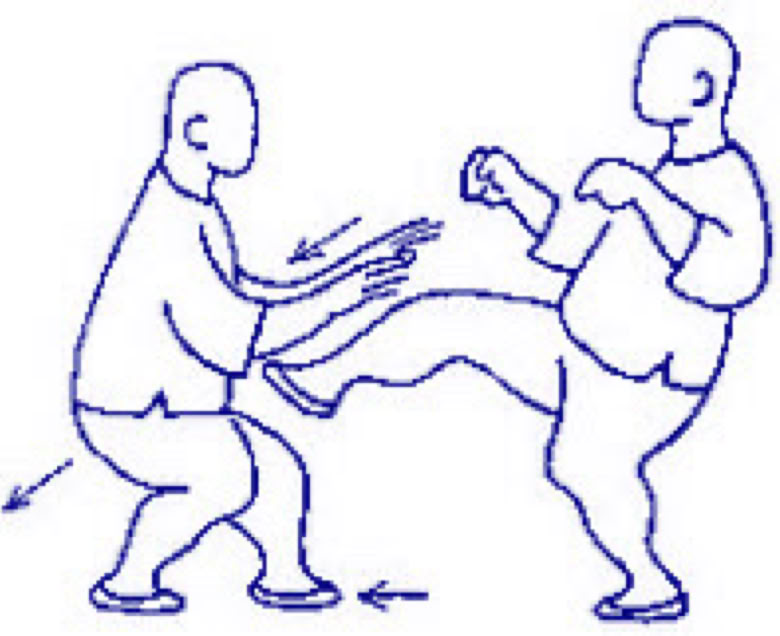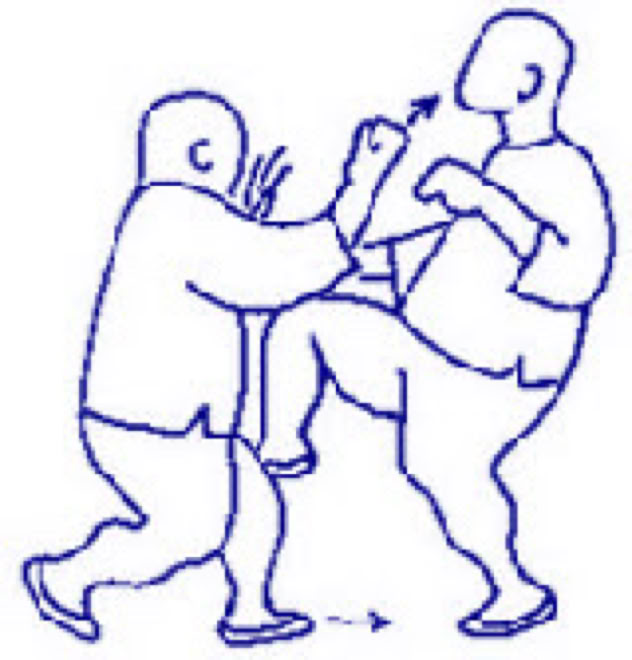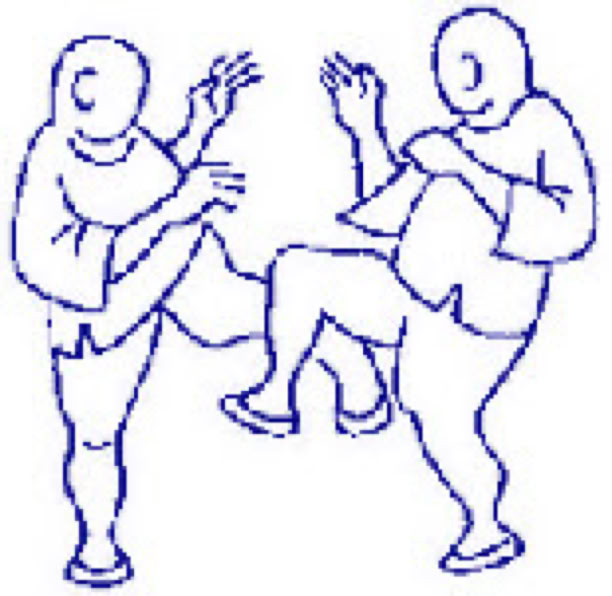

Ancient Taoism in Contemporary
Management Training & Martial Art


MARTRIX ORG.
Get your feeling working!
MARTRIX ORG.
Get your feeling working!
Ancient Taoism in Contemporary
Management Training & Martial Art


• HOME • About MARTRIX • Workshops • Trainers • Management Training • Coaching • Intuitive Boxing • Taikiken • Hachidankin • Baduanjin • 99-Taijiquan • Longevity • MartriX Exclusive Shop • Video Clips • Downloads • BrainQuakes• Index Page • Links • E-mail • HOME Nederlands •
Taikiken - Kination
Menu: TaiKi
The spontaneous way
What is Taikiken
Objective of Taikiken
Theory Taikiken
Taikiken Ritsu Zen
The six directions of power
Taikiken Han Zen
Taikiken Yuri
Taikiken Hai
Taikiken Hakkei
Taikiken Suishu
Taikiken Kumite




SHI SHOU - SAN SHOU
San shou (shi zuo) is study of combat. We use all parts of body. We attack not only with fists (hands), but also with elbows, shoulders, head, hips, knees and feet. We use also some throws and strangleholds. We don't learn forms or complicated techniques. We are interested in real combat, without unnecessary movements and "ornaments".
San shou is closely related to tui shou. "In tui shou there is san shou, in san shou there is tui shou". Tui shou, in which we concentrate on situation when there is contact between our and opponents arms (we can change direction of his force, take him off balance or open space for attack), is introduction to san shou and a supplement for this training method.
Most tui shou principles are applied also to san shou.
We learn simple, basic punches and kicks, practicing not only "punching the air", but also using punching bags. Exercises with punch bags are for testing the power developed by zhan zhuang, shi li and fa li practice.
Swift, balanced footwork is most important. So, taking moca bu as a basis, we put much attention to exercises of quick steps. Gradually, we link together various steps. Also various punches, kicks and other fa li movements are being linked together in improvised combinations, together with various footwork.
The original meaning of san shou (shi zuo) is real combat. Of course training sparring, although it should prepare for real situation is not the same as real fight. Both partners should put some attention to the problem of safety. Safety equipment should be used, especially at the first stage of san shou practice. At beginning sometimes limited variants of sparring are used. For example you can attack only you partner's torso, or you can only use fists, without kicking, or you can only use kicks but not punches. Then, the limits are removed, so the sparring gets more close to real combat. Elbows, knees, hips, shoulders and head can be used for attacking then.
Sparring practice is very important part of training. But you shouldn't forget other training methods of yiquan. Although through practicing san shou only it is possible to achieve some skill, without using zhan zhuang, shi li, moca bu, fa li etc. it is impossible to achieve really high level.
There is also some weapons practice in taikiken - yiquan. Usually wooden staff is used. Some supplement for basic training methods are stretching exercises, learning to receive punches, eye-work training and other.
Great sources on Yiquan are:
Timo Heikkilä
excellent translations of Wang Xiangzhai writings.
Andrzej Kalisz’s translations and his
free ebooks: Zhan Zhuang Qigong
Yiquan kunfu revolution
http://yiquan.chinamartialarts.net
With special thanks to the Chinese masters
Yu Yong Nian,
Yao Chengguang,
Han Jingyu, Han Jingshen, Bo Jiacong,
Wang Yongxiang, Wang Yongli,
Cui Ruibin and their families for their inspiring work on Yiquan.

© MARTRIX org. Design by:
TheFeel.org multimedia
https://martrix.org
info@thefeel.org
Last modified
January 2026
